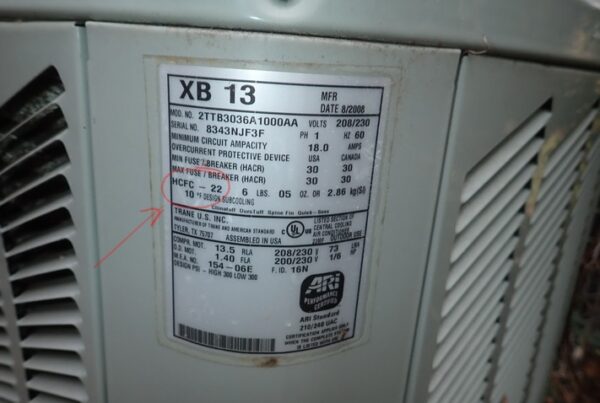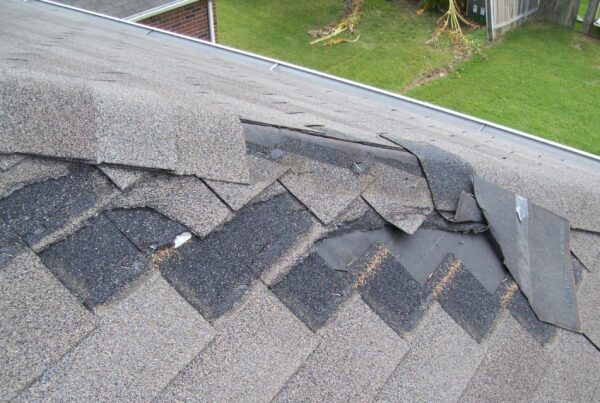Posted on American Association of Wind Engineers (AAWE) Newsletter – June 2014
Midwest City Adopts Nation’s First Building Code Provisions to Address Tornado Hazard
 After the May 2013 tornado hit Moore, OK, an NSF funded investigation team conducted building performance studies on hundreds of homes damaged by the event. Like many other tornado event investigations, this one focused on using the EF Scale to categorize the damage to these residential structures. One of the areas investigated was a neighborhood that had some buildings totally destroyed by the tornado adjacent to other homes that had not received as much damage – a damage pattern often observed from tornado events. In this case, one of the team’s participants included local university researchers who took the opportunity to develop and deliver a message to the Moore city council and building department officials. Succinctly that message was that this damage does not need to recur again – there is something that can be done, and that something is to adopt some building code changes that can reduce damage in residential buildings, especially when the tornado intensity is on the lower end of the EF scale such as an EF0 to an EF2. The upper end of the EF2 wind speed range is 137 mph, which is very similar to wind speeds experienced along hurricane prone coastlines. Since Moore had been hit by three major tornado events since 1999, the Moore City council and building officials decided that stronger building codes were needed to reduce damage from these tornado events which would also speed recovery after the event.
After the May 2013 tornado hit Moore, OK, an NSF funded investigation team conducted building performance studies on hundreds of homes damaged by the event. Like many other tornado event investigations, this one focused on using the EF Scale to categorize the damage to these residential structures. One of the areas investigated was a neighborhood that had some buildings totally destroyed by the tornado adjacent to other homes that had not received as much damage – a damage pattern often observed from tornado events. In this case, one of the team’s participants included local university researchers who took the opportunity to develop and deliver a message to the Moore city council and building department officials. Succinctly that message was that this damage does not need to recur again – there is something that can be done, and that something is to adopt some building code changes that can reduce damage in residential buildings, especially when the tornado intensity is on the lower end of the EF scale such as an EF0 to an EF2. The upper end of the EF2 wind speed range is 137 mph, which is very similar to wind speeds experienced along hurricane prone coastlines. Since Moore had been hit by three major tornado events since 1999, the Moore City council and building officials decided that stronger building codes were needed to reduce damage from these tornado events which would also speed recovery after the event.
The building code revisions include 12 specific residential construction changes required by the adoption of this code change ordinance. They are:
- Roof sheathing shall be nailed with 8d ring shank or 10d nails at 4” o.c. along the roof edges and 6” o.c. in the field of the roof.
- Roof framing members shall be 16” o.c.
- Connections for roof framing shall be designed for both tension and compression and may include nail plates or steel connection plates.
- Gable end walls shall be tied to the structure and may include steel connection plates or straps.
- Structural sheathing panels shall be required for gable end walls.
- Hurricane clips or framing anchors shall be required for all rafter to wall connections.
- Upper and lower story wall sheathing shall be nailed to the common rim board.
- All walls shall be sheathed with structural sheathing. Garage door openings shall be framed using the portal frame method.
- Nailing of wall sheathing shall be increased to 8d ring shank or 10d nails on 4” o.c. alonmg the edges and 6” o.c. in the field.
- Structural wood sheathing shall be extended to lap the sill plate and nailed to the sill plate 4” o.c. along the edges.
- Garage doors shall be rated for 135 mph wind or above.
- Exterior wall studs shall be 16” o.c.
The intent of the ordinance is to have new residential structures be built to resist 135 mph, although interestingly this is not stated explicitly except in the garage door rating required. Presumably, all of the other new prescriptive code requirements will likely achieve satisfactory performance up to 135 mph. While there may be some holes in the prescriptive requirements in order to achieve acceptable performance in 135 mph winds, there is no doubt that the strategy seems sound and the changes are in a positive direction that will undoubtedly improve residential building performance the next time a tornado hits Moore.
Prepared by:
William L. Coulbourne, P.E.


